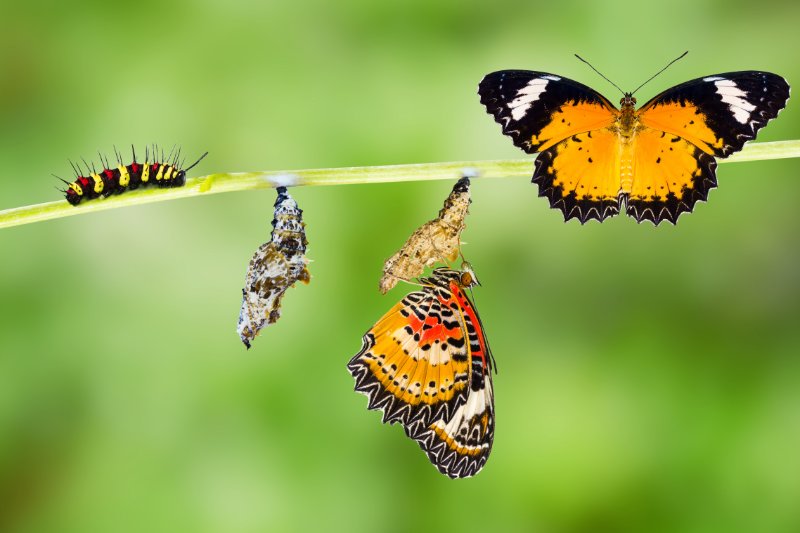“Exploring the Fascinating World of Caterpillars: A Guide to Different Types.”
We get often mesmerized by the dazzling beauty of butterflies and moths, forgetting their less glamorous beginnings. Our fascinating journey today will navigate the world of caterpillars, some of which are just as captivating as the fully-grown insects they transform into.
A Beginner’s Guide to Understanding Types of Caterpillars
Caterpillars, our squirming, crawling friends, are the larvae stage of moths and butterflies. Each of the 180,000 unique species weaves its own tale. Silk strands trailing behind them, a few eventually ready themselves for the cocoon phase. Do note, not every species means well – some pose a serious threat to farms and forests.
Distinctive Features Differentiating Caterpillar Types
As diverse as they come, you can identify caterpillars based on their physical characteristics. Predominantly, a caterpillar will have pairs of legs connected to its thoracic segment and abdomen. The length may extend up to 3 inches, and the exterior varies between hairy and smooth surfaces.
Woolly Bear Caterpillar
Arguably the most recognizable type would be the Woolly Bear caterpillar. Known for its bristle-like hairs, the Woolly Bear sports a mix of black and a reddish-orange hue. This fuzzy creature transforms into the lovely Isabella tiger moth.
Halysidota Tessellaris
Another catering member that captures attention is the Halysidota Tessellaris. This brown-yellow caterpillar has long black and white hairs protruding from its head. After going through metamorphosis, it becomes a Pale Tussock moth.
Hickory Tussock Caterpillar
A beauty in its own right, the Hickory Tussock, with its white and black patterned hair, resembles a mink fur print. After its transformation, it emerges as the Caryae tiger moth.
Cut Worm
On the notorious side, we have the Cut Worm. Opposed to the name “worm”, it’s actually a caterpillar type that causes significant damage to farms. These hairless critters range in color from yellow to green, and even gray to pink, and eventually, turn into night-flying moths.
Wax Worm or Bee Moth Larva
Last but not least, the Wax Worm, another hairless caterpillar, is infamous for sabotaging bee hives. The larva feeds on honeycomb, rendering it unusable by bees and causing massive damage to the bee ecosystem. This white caterpillar with a small red head eventually turns into a bee moth.
These awe-inspiring species are only the tip of the iceberg. Nature boasts an ever-expanding repertoire of Types of Caterpillars, each holding its unique charm and challenges. So next time you find a little crawler in your garden, remember, it’s just another small wonder from nature’s treasure trove.

